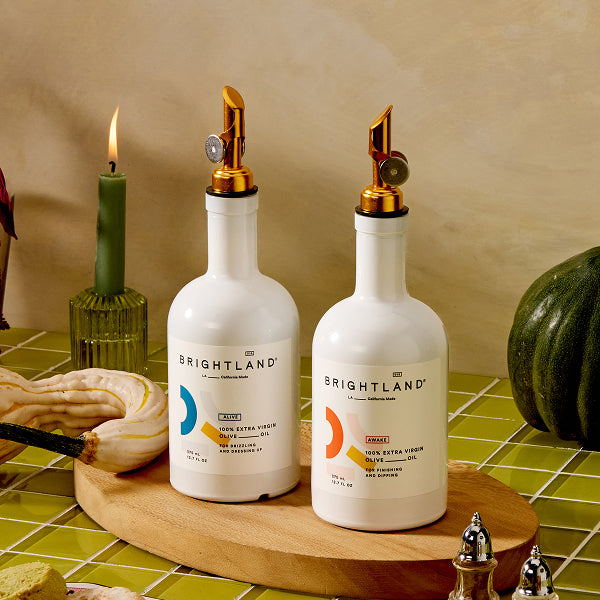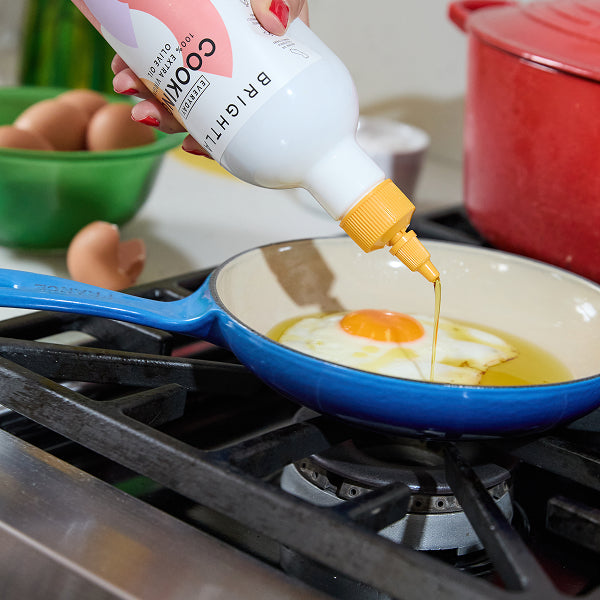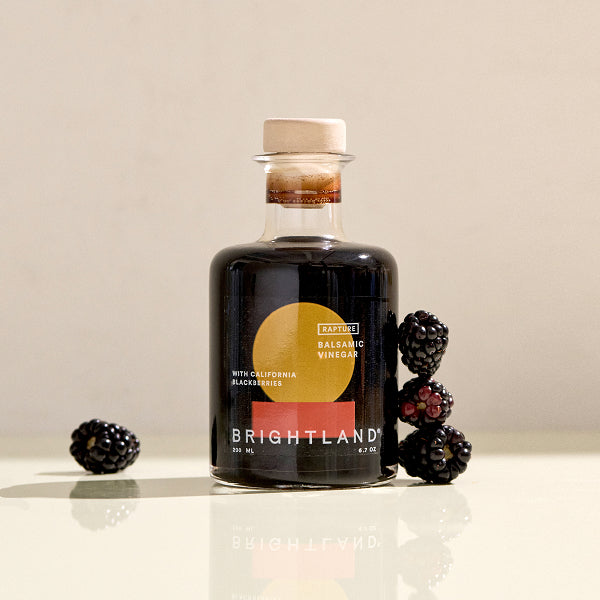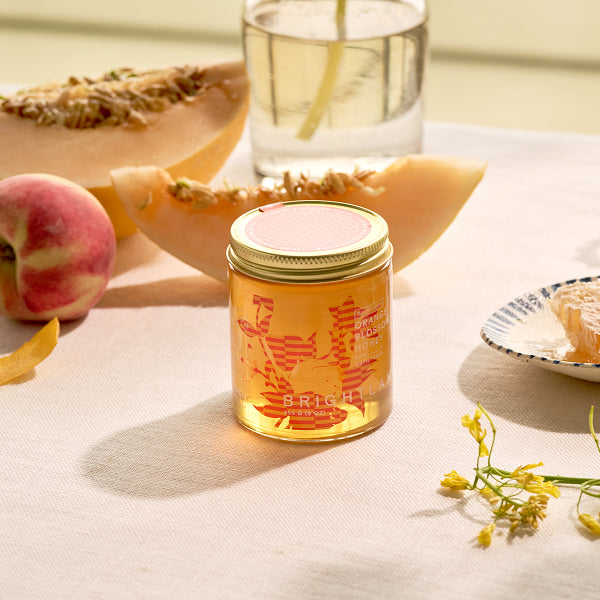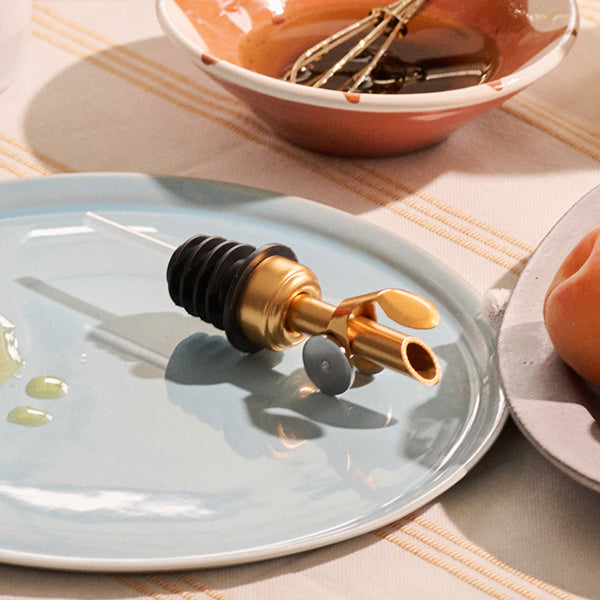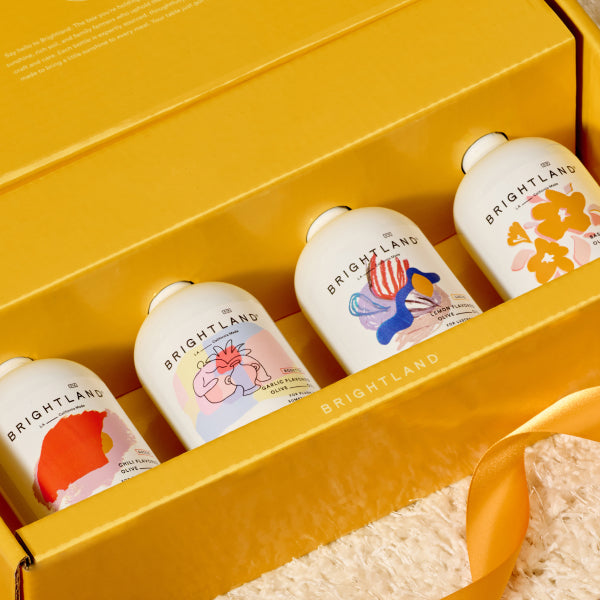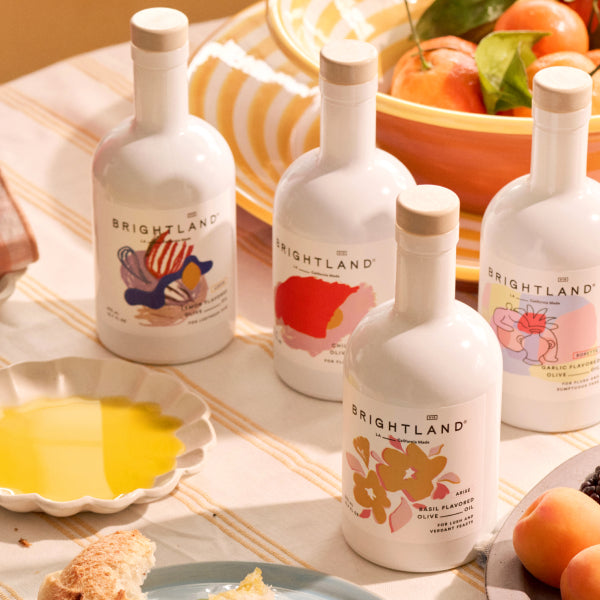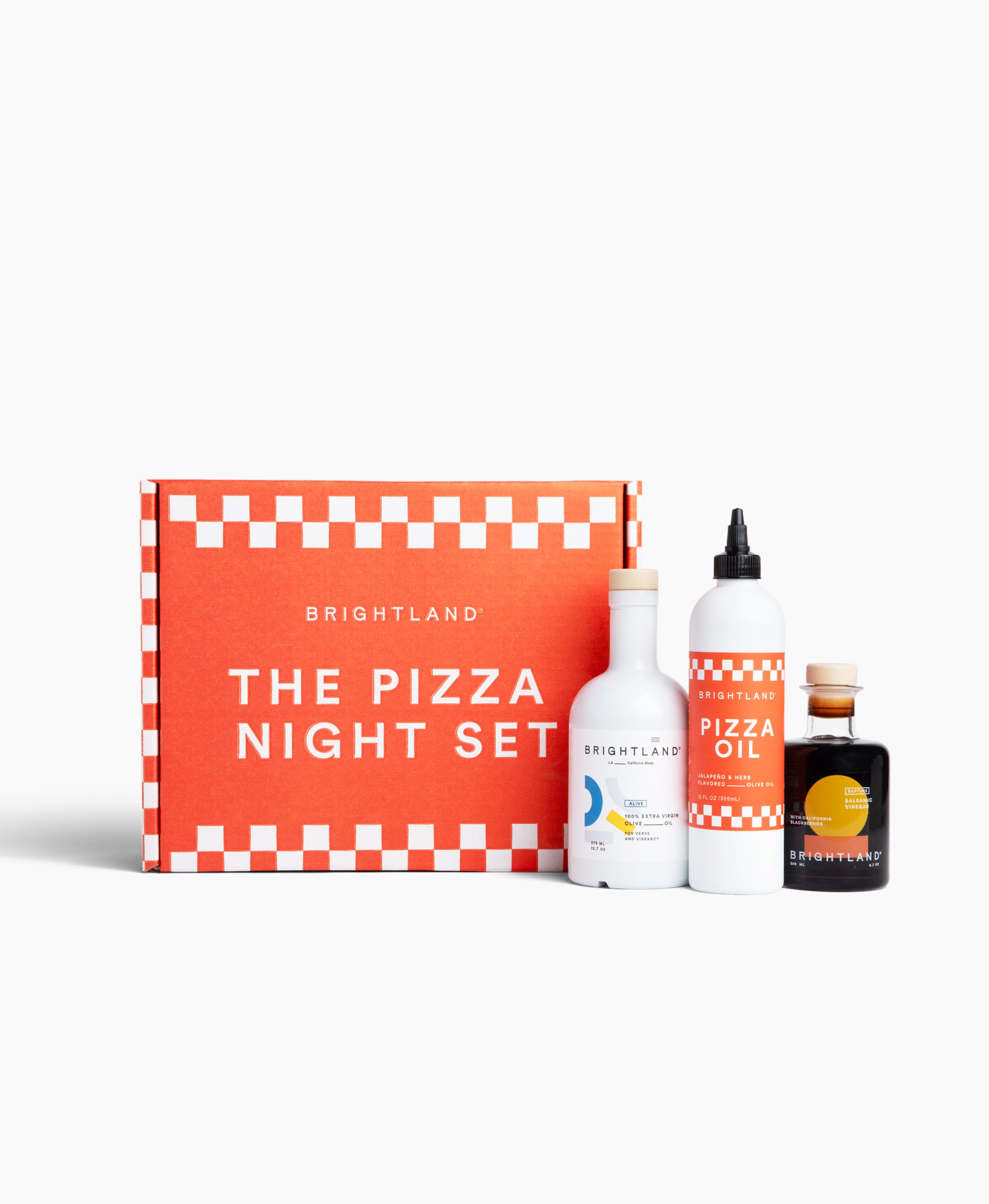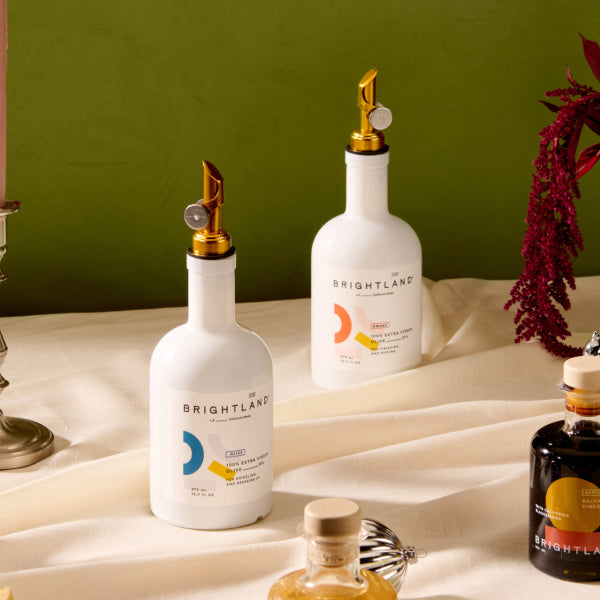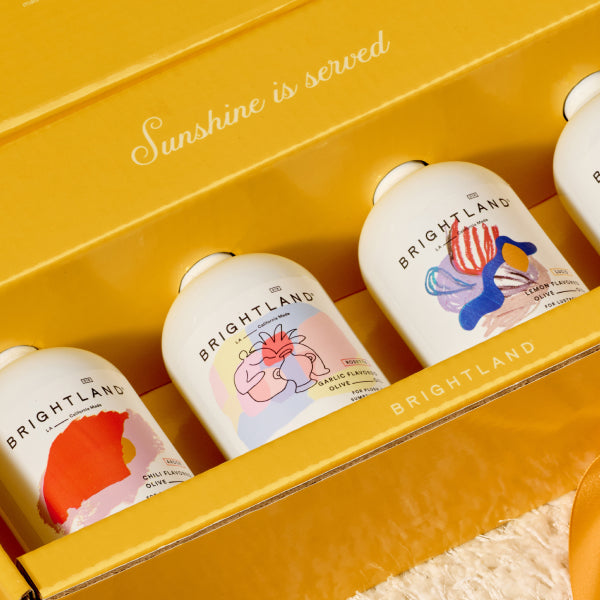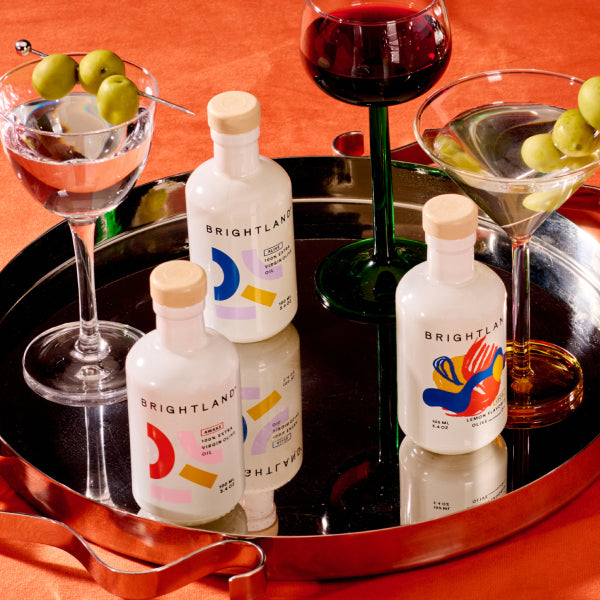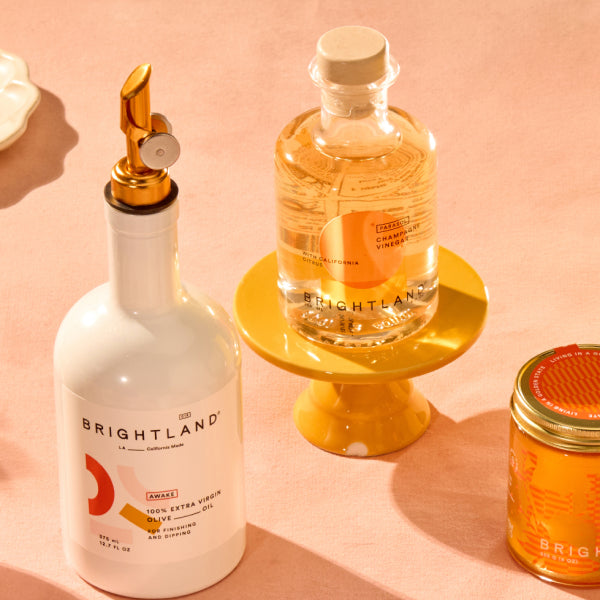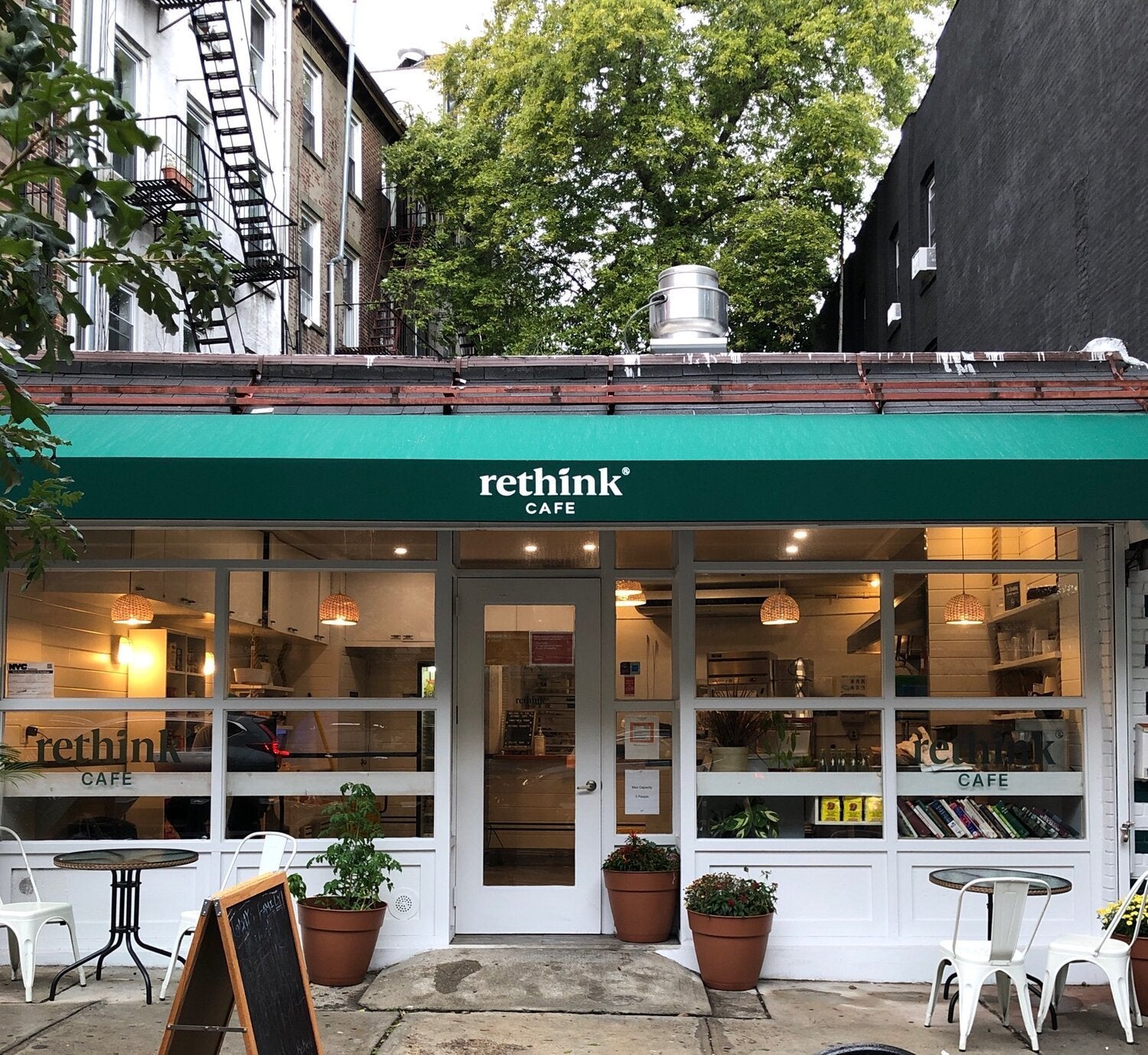Store olive oil in a cool, dry, dark place such as the cabinet or pantry. A temperature of between 60 and 70 degrees Fahrenheit is ideal.
We all know olive oil is among the hardiest cooking companions out there and serves us well from stovetop to oven to blender. But olive oil is surprisingly sensitive to the outside world, and too much exposure to it could affect its flavor or cause it to go bad. In this guide, we will cover how to properly store fresh olive oil so you get the most out of every single bottle.
[close type="rte"][open type="rte"]Proper Olive Oil Storage
Like many perishables, olive oil does not like certain damaging elements, including air, light, moisture and heat, which can speed up the aging process and cause it to go bad fast. The wrong storage conditions can even compromise the oil’s nutrient density and affect its coloring. Here is how to store olive oil so it is never exposed to the elements.
- In the right bottle. Have you ever noticed that the best quality olive oil is packaged in opaque glass bottles? That is because exposure to light can cause an increase in rancidity and a decrease in antioxidants. We use a UV-protectant matte coating so you can store yours on the kitchen counter or at your table. But if your bottle is see-through, make sure to store it in a dry, dark cabinet or pantry away from light, air and moisture.
- Away from the oven. In addition to exposure to light and air, olive oil is surprisingly vulnerable to damage due to changes in the temperature. Keep your bottles away from the oven or stove to prevent it from heating up.
- Not in the fridge. Olive oil is perishable, so it might seem that keeping it refrigerated could prolong its life. In reality, the pantry is a better place for your liquid gold. Ideally, oil should be stored in a cool or room temperature environment, somewhere between 60 and 70 degrees Fahrenheit.
- With the right lid. Oxygen will cause your olive oil to age prematurely, so make sure to always store it with the lid tightly closed. You can use a spout to make pouring and drizzling a bit easier, but just make sure it is one that closes fully and is made of an opaque material to prevent light from getting in.
Tip: Do Not Use Old Olive Oil
Home chefs who go through a lot of olive oil — that is: most of us — may not know that olive oil does, in fact, have a shelf life. It is made from fresh fruit, after all. The truth is that, with time, olive oil goes from fresh and bright to dull or even rancid, so you never want to use older bottles. Pay attention to the harvest date and use by date for the best results.
[close type="rte"][open type="images"]
Tip: Buy in Small Batches
If you are not in the habit of making meals for the whole neighborhood, avoid the temptation to buy that bulk bottle of oil from the big box store. Instead, buy small olive oil bottles more frequently. This will ensure that your stash is always freshly bottled and not exposed to damaging elements that could cause it to go bad.
[close type="rte"][open type="rte"]Tip: Know When It Is Bad
Be able to identify a bottle of oil-gone-bad. Like most foods, the best way to identify whether olive oil has aged beyond its prime is to smell or taste it. A small amount of rancid olive oil on the tongue will not make you sick, but it will save you from an unpleasant flavor when you go to cook with it. Bad olive oil tastes bitter, rancid or sour and may give off a gluey, dull or putty-like smell.
[close type="rte"][open type="images"]
Start with the Good Stuff
Another crucial tip? Start with high-quality olive oil packaged in a UV-resistant glass bottle. The oil’s bottle is its first defense against the damaging elements — air, sunlight, temperature fluctuations — so a good one can really help maintain your supply for longer. Brightland makes premium quality California olive oil in a signature white glass bottle to start you off on the right foot.

